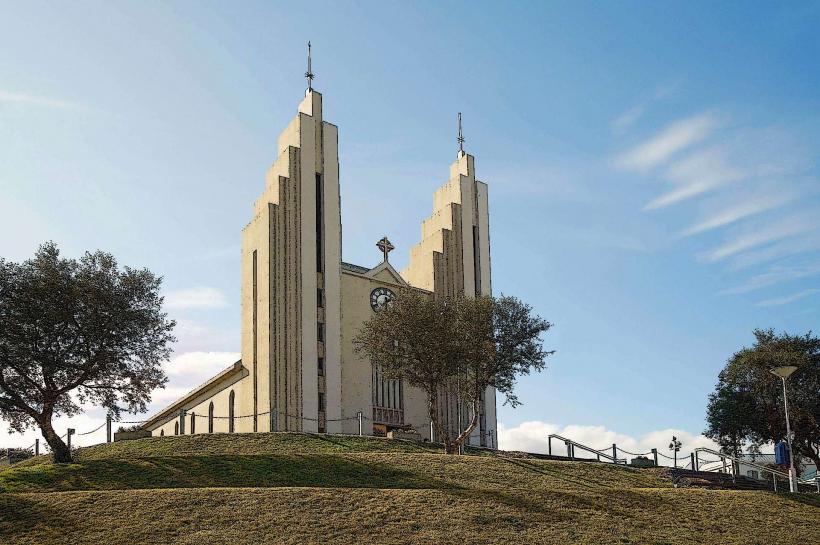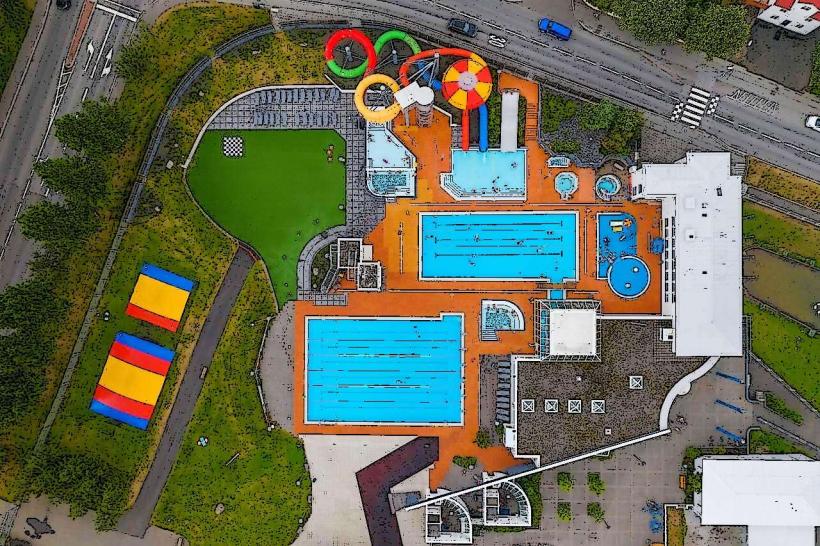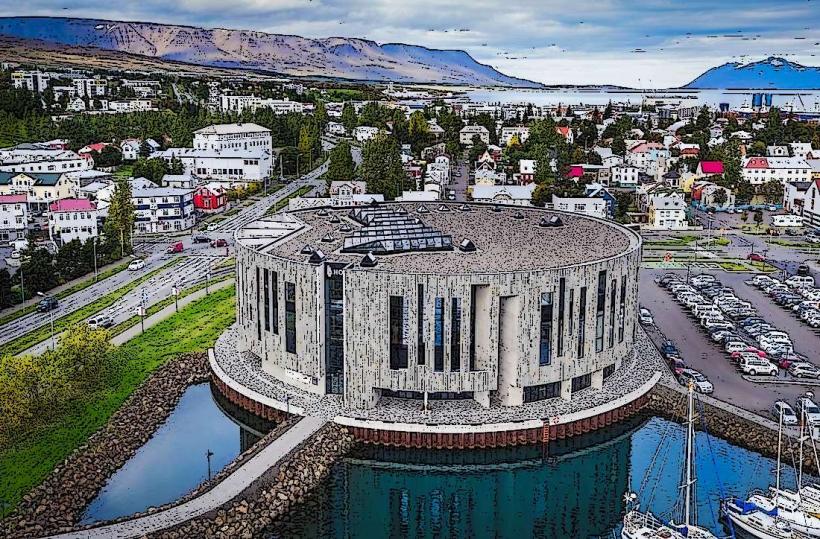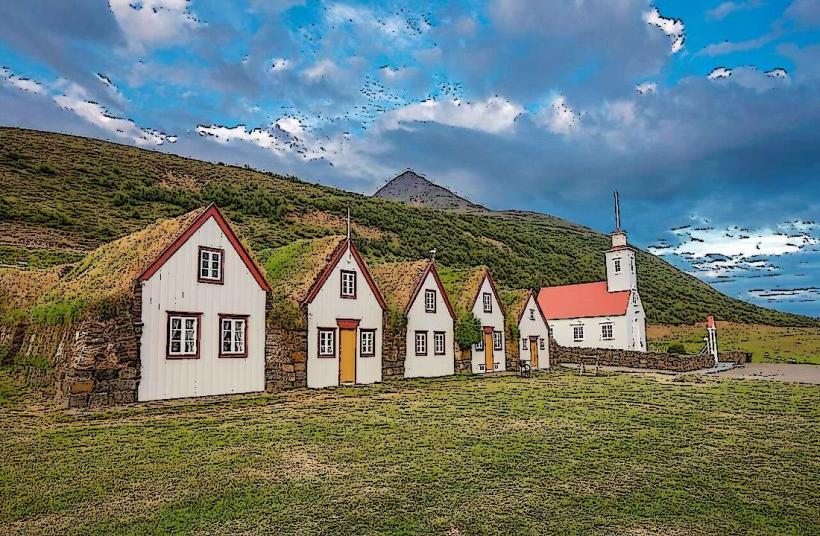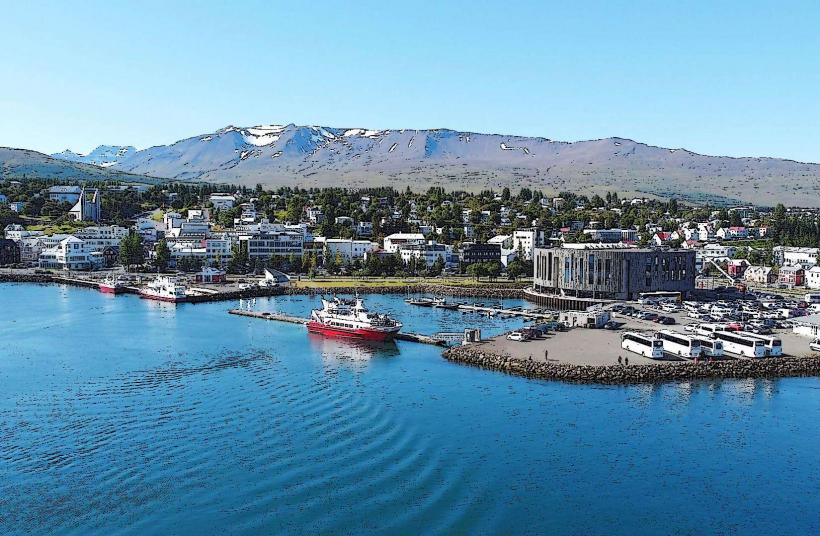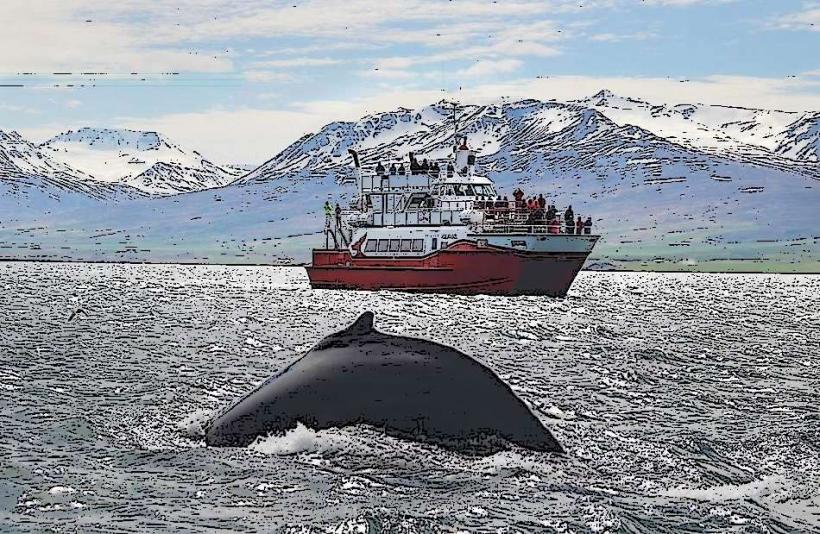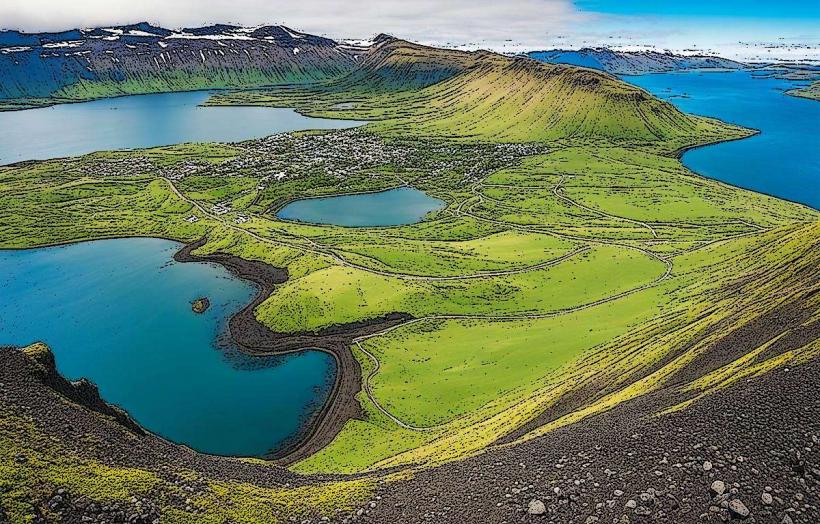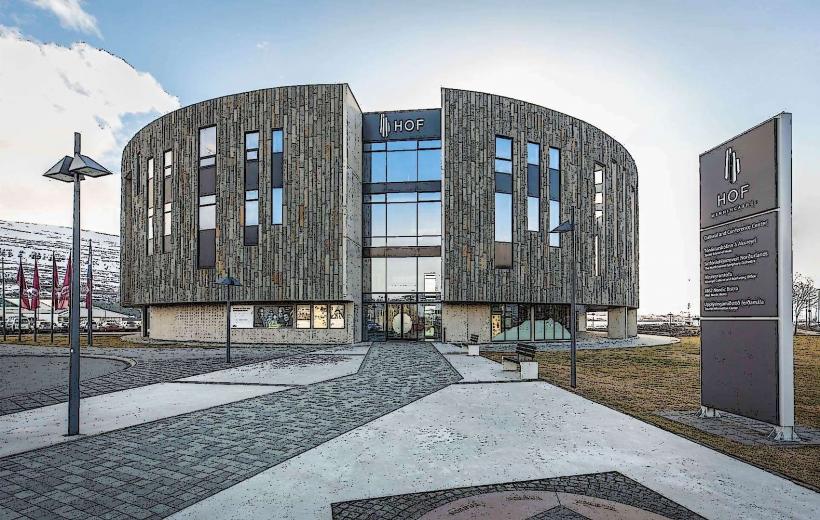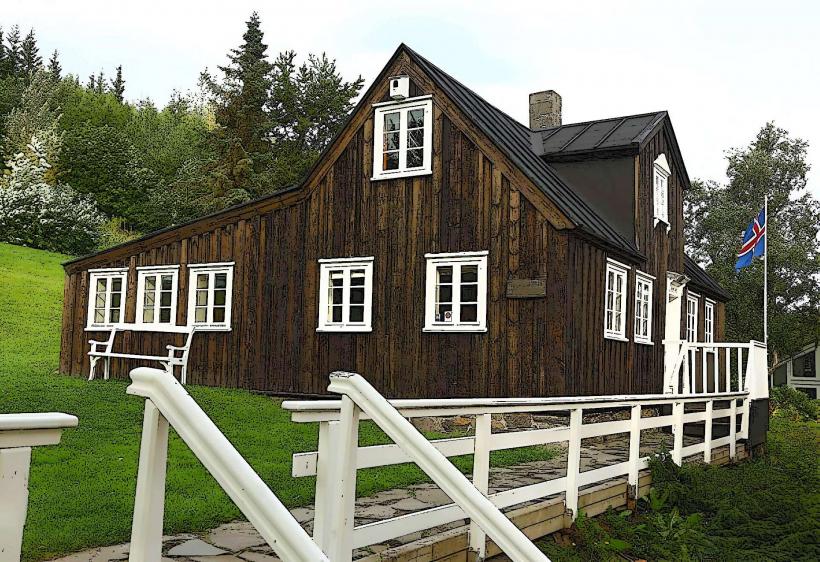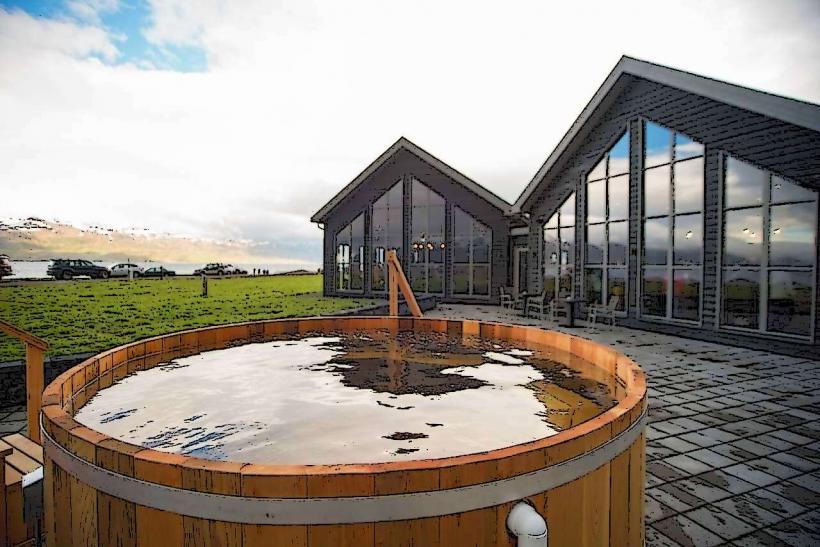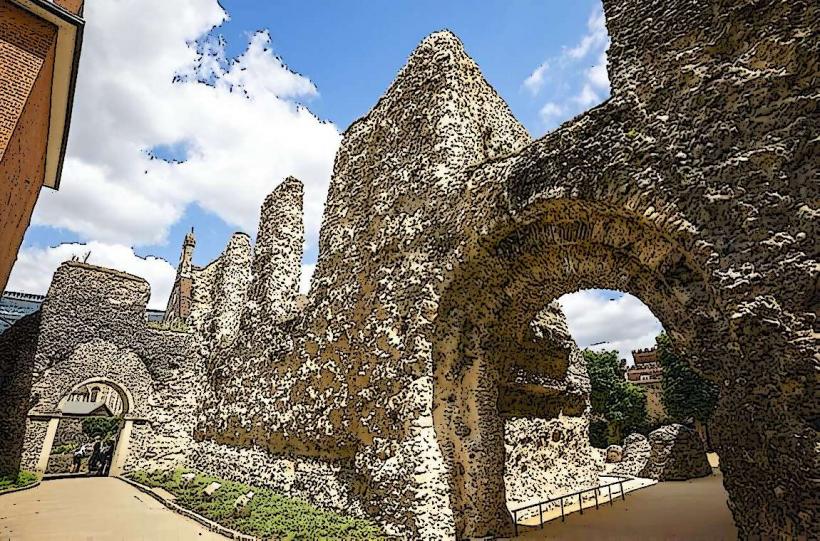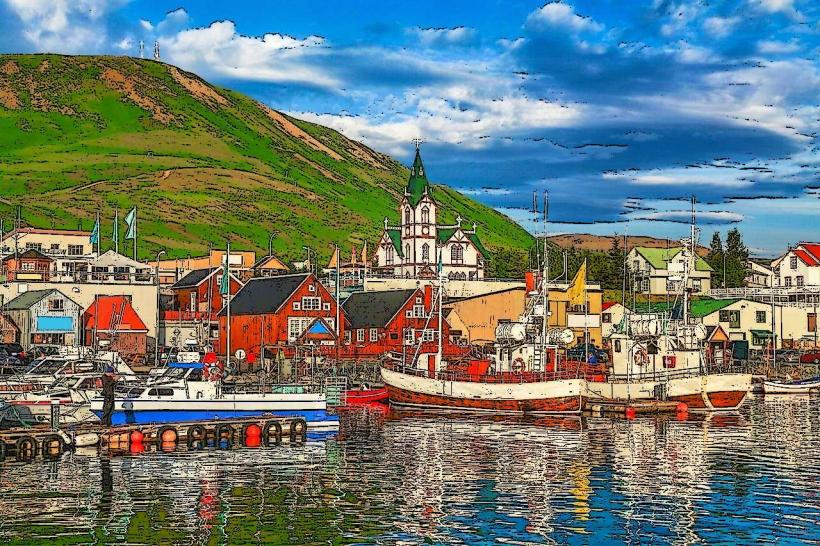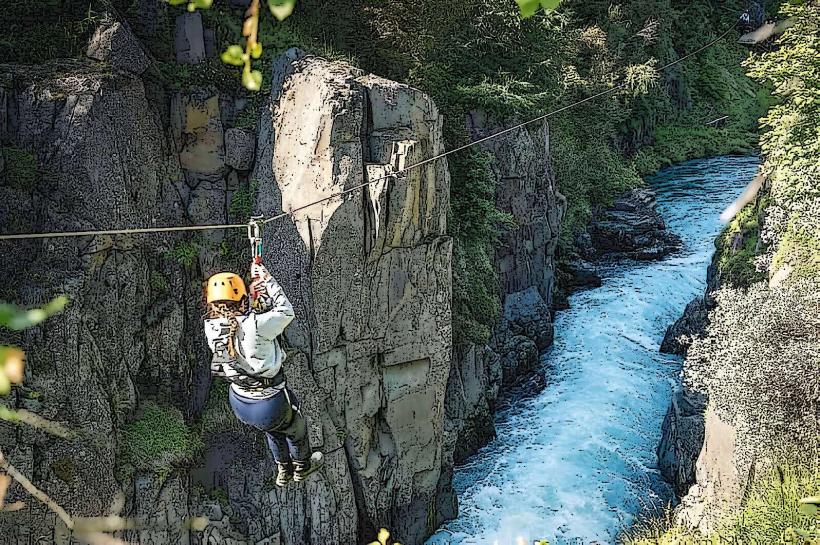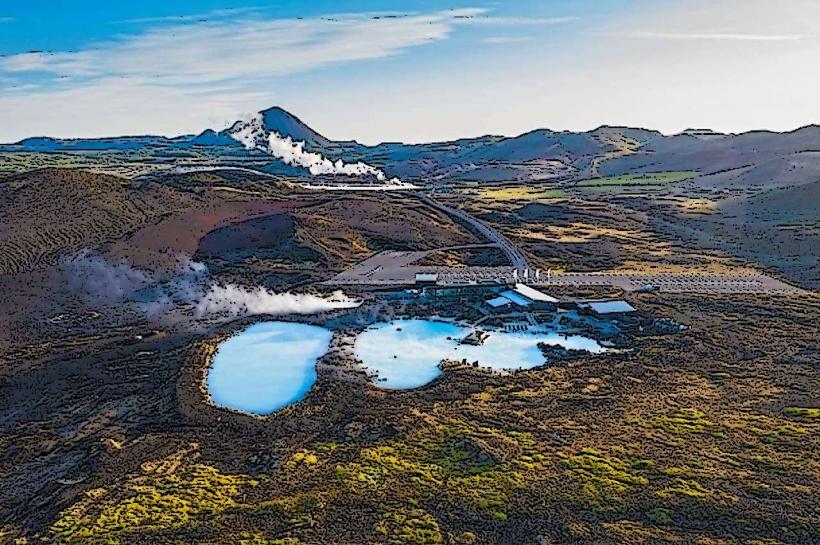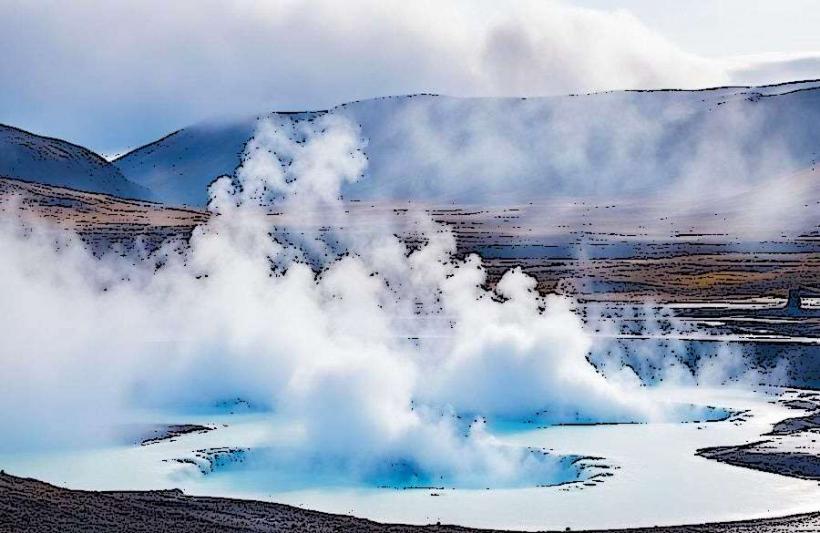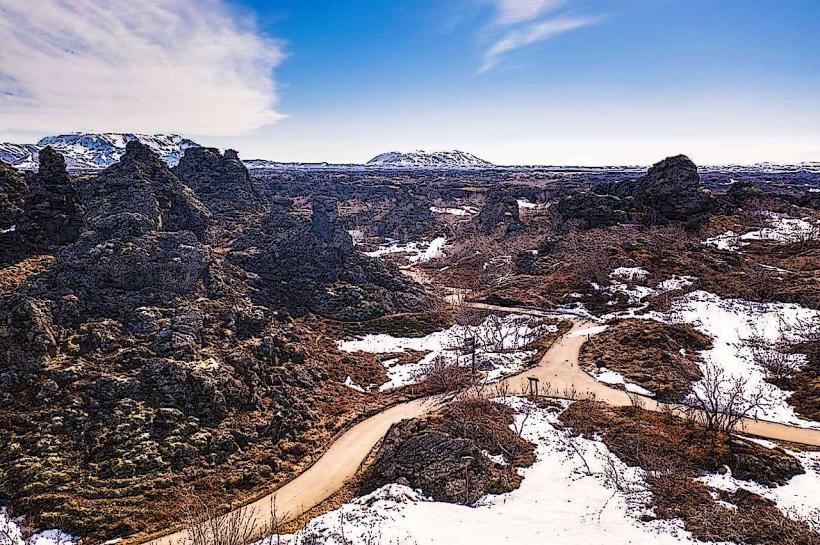Information
Landmark: Húsavík Whale MuseumCity: Akureyri
Country: Iceland
Continent: Europe
The Húsavík Whale Museum is a popular cultural and educational museum located in Húsavík, a small town in North Iceland known for its rich whale-watching history and proximity to the waters of Skjálfandi Bay, which is a prime location for observing various whale species. The museum offers a fascinating look into the world of whales, their biology, and the significance of whale-watching in Iceland.
Key Features of the Húsavík Whale Museum
1. Exhibits on Whale Species
- The museum features a wide range of exhibits focused on the different species of whales found in the waters around Iceland, including the humpback whale, blue whale, minke whale, fin whale, and orcas. The museum provides detailed information about these species, including their habitats, feeding habits, and migratory patterns.
- The museum also includes life-size models and skeletons of various whale species, giving visitors a chance to see the scale and beauty of these magnificent creatures up close.
2. Whale Anatomy and Biology
- The museum offers educational displays on whale anatomy and biology, detailing the different physiological adaptations that enable whales to thrive in aquatic environments.
- Interactive exhibits allow visitors to explore topics such as how whales breathe, their communication methods, and how they navigate vast oceanic distances.
- One of the main highlights is a full-sized skeleton of a blue whale, the largest animal to have ever lived on Earth, which is on display at the museum.
3. The History of Whale-Watching
- The museum explores the history of whale-watching in Iceland, which has grown into one of the country's most popular tourist activities. Húsavík, in particular, has become a leading whale-watching destination due to its prime location on Skjálfandi Bay.
- Visitors can learn about the early days of whale-watching, the scientific research that has contributed to understanding whale populations, and how the industry has evolved into a sustainable practice aimed at preserving whale populations.
4. Iceland’s Whaling History
- The museum also touches on Iceland’s whaling history, including the country’s participation in commercial whaling during the 20th century. This section provides context on how attitudes toward whales and their conservation have shifted over time.
- The museum highlights Iceland's current whale conservation efforts and its commitment to sustainable whale-watching tourism, which emphasizes the protection of whale populations.
5. Educational and Interactive Programs
- The Whale Museum offers various educational programs for school groups, families, and tourists. These programs are designed to teach visitors about marine life, ecology, and the importance of ocean conservation.
- The museum has a collection of interactive displays and activities that engage children and adults alike, providing a hands-on learning experience about whales and their environment.
6. Whale Watching Tours
- Húsavík is often referred to as the whale-watching capital of Iceland, and the museum is closely tied to the whale-watching tours available in the area. Visitors to the museum can learn about the best times to go whale watching and the types of whales that are commonly seen in the region.
- Many of the local tour operators offer boat tours from Húsavík’s harbor, where tourists can spot whales in their natural habitat. The Whale Museum often collaborates with these operators to provide a comprehensive whale-watching experience, both in the museum and at sea.
7. Marine Life and Conservation
- The museum promotes marine conservation, with exhibits that discuss the impact of human activity on whale populations and the importance of protecting the oceans. Topics such as pollution, climate change, and the threat to marine species are featured, encouraging visitors to think about how they can contribute to the protection of marine ecosystems.
8. Visitor Experience and Facilities
- The museum is designed to be accessible and engaging for visitors of all ages. It offers a modern and welcoming atmosphere, making it an excellent destination for families, school groups, and anyone interested in learning more about whales.
- There is a gift shop where visitors can purchase whale-themed souvenirs, books, and educational materials, as well as cafés and seating areas for relaxation after exploring the exhibits.
9. Sustainability and Future Goals
- The Whale Museum is committed to sustainability and education. It actively engages in research and promotes awareness around the conservation of whale species and the protection of their habitats. The museum supports initiatives aimed at reducing the environmental impact of whale-watching activities and promoting eco-friendly practices.
Conclusion
The Húsavík Whale Museum offers a comprehensive and engaging experience for visitors interested in learning about whales, their biology, and their role in the marine ecosystem. With its interactive exhibits, life-sized models, and educational programs, it provides a deeper understanding of the importance of whales in both Icelandic culture and the broader global environment. The museum is a must-visit for anyone planning to take part in whale-watching activities in Húsavík or for those interested in marine conservation.

